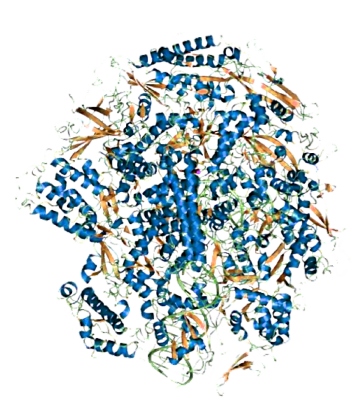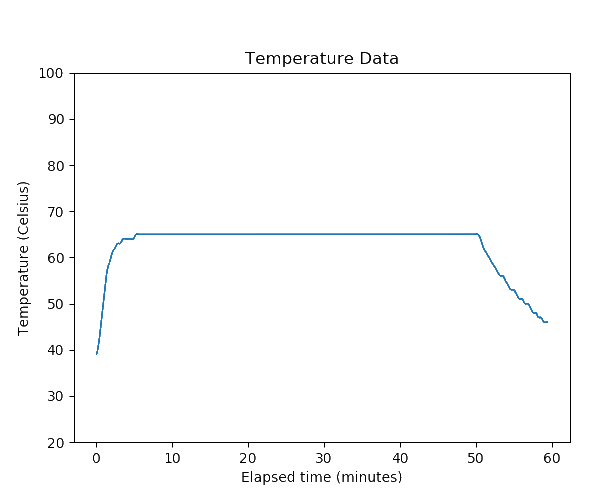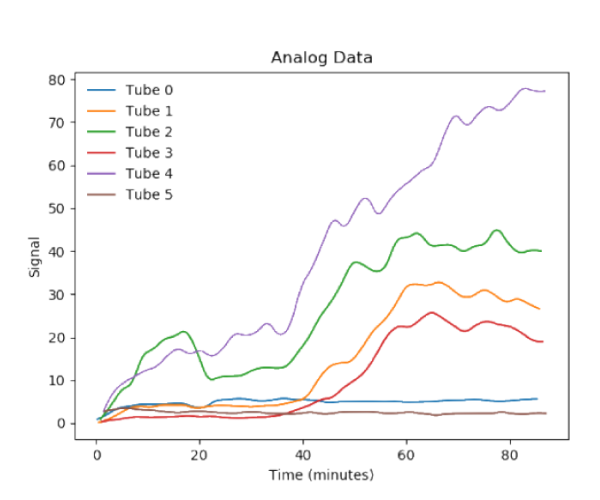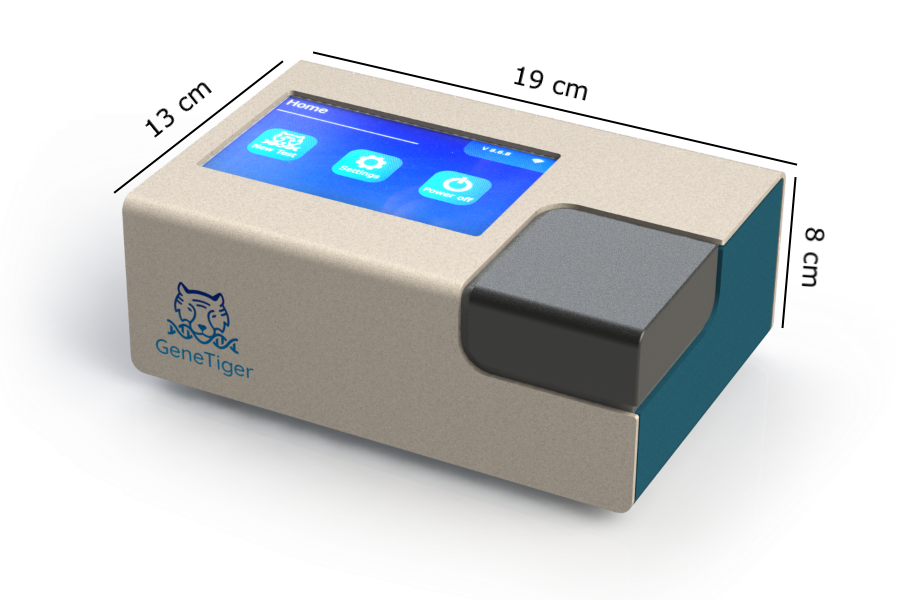

GeneTiger was made to be easy to use. So easy that we've had 6-year-olds do it. Put in a cartridge and press start - that's it.

GeneTiger's patent-pending rotary incubation mechanism keeps samples at uniform temperatures while allowing for a single imaging system to acquire data. Built-in image processing algorithms automatically calculate baselines and output clear signals for further analysis.

GeneTiger is tailored to isothermal assays, using less than 10 watts of electricity on average when running them, enabling a full day of operation on a single battery.

Run 6 independent samples at once and collect green fluorescence signals (such as from FAM probes and SYBR Green). Along with traditional analog methods, GeneTiger's neural network processes assay signals into amplification curves.

GeneTiger can do thermal cycling and adapts to environmental conditions, with a temperature accuracy of ±.5°C, sample ramp rate of 1°C/s, and range of 40°C to 100°C.
View live images on the GeneTiger screen. Access fluorescence data generated by the neural network and conventional analog curves after the run finishes.

GeneTiger's neural network will process photographs of assay microtubes to give signal output. It's capable of dealing with sample abnormalities such as bubbles, debris, and evaporation. No need for post-run data processing; GeneTiger outputs signals based on reliable identification of fluorescence.


You can email data directly from GeneTiger and download plots of collected signals. Interface with central data management systems for screenings and remote data gathering.
GeneTiger easily fits into backpacks and can be powered by an external battery. We've done it for over 8 hours at a time.

With remote software updates, you'll have the most recent tech at your fingertips. Join us as we work towards the future of genetic testing.